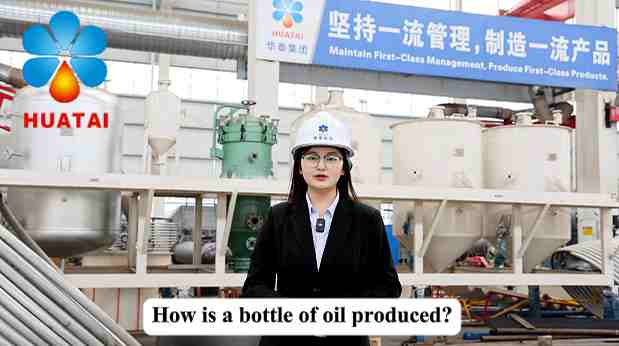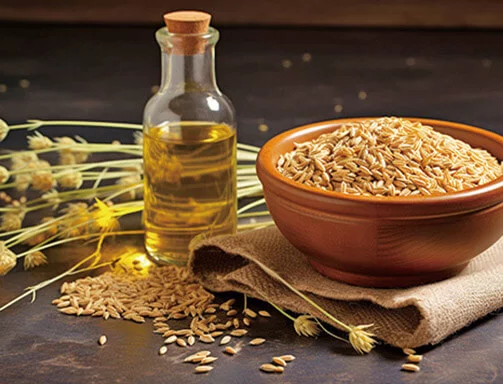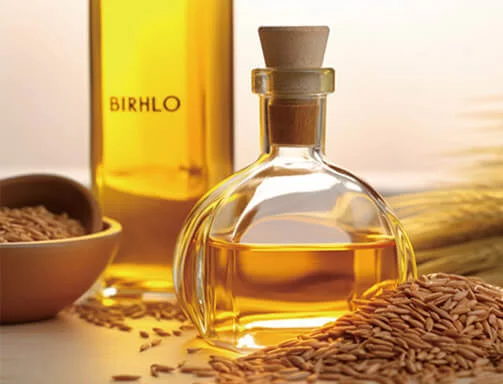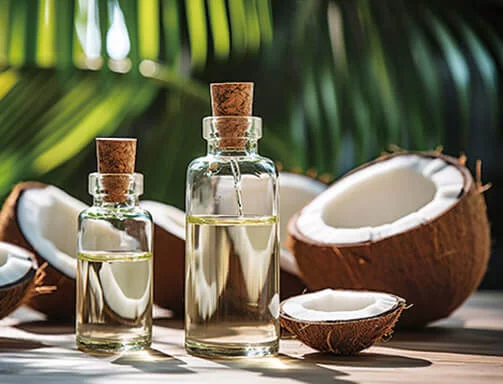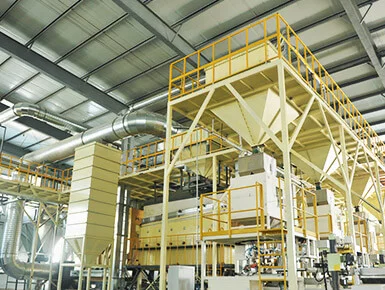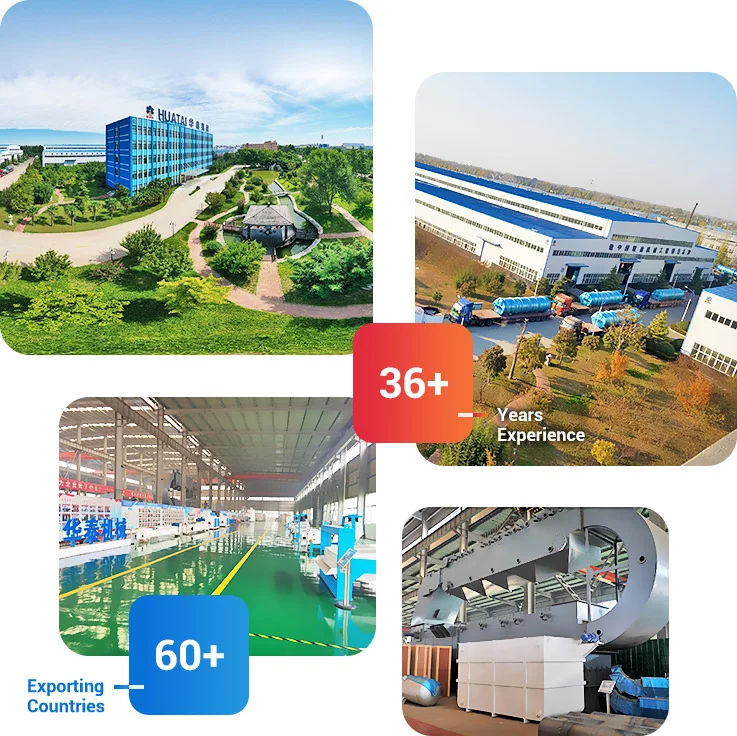
The core of
animal oil refining is "removing impurities without damaging the quality of the oil itself, and avoiding the introduction of new harmful substances." Product quality control needs to cover the entire process, including raw materials, processes, equipment, testing, and storage. Based on national standards, the following are implementable quality control measures, accommodating different refining scales (small workshops/medium-sized plants/large plants):
I. Source Control: Raw material quality is fundamental
Raw Material Screening and AcceptanceStrict Acceptance Standards: Only fresh, unspoiled animal fats (pork fat, beef fat, chicken fat, etc.) are selected. Rotten, odorous, or adulterated raw materials (excessive hair/bone fragments) are rejected. During acceptance, acid value (≤3mg KOH/g) and peroxide value (≤0.2g/100g) are tested. Raw materials exceeding these standards must be treated separately (e.g., pre-deacidification) and cannot be directly mixed with qualified raw materials.
Raw Material Storage: Fat raw materials must be refrigerated (0-4℃) for ≤7 days to prevent oxidative rancidity caused by room temperature storage (a small amount of food-grade antioxidant, such as TBHQ, can be added during hot seasons, ≤0.2g/kg).
Crude Oil Rendering Control:Rendering Temperature: Controlled at 100-120℃, avoiding temperatures exceeding 130℃ (high temperatures can cause fat oxidation, generating harmful substances such as trans fatty acids and benzo[a]pyrene);
Rendering Time: Render in small batches to avoid prolonged rendering, which can darken the oil color and intensify the odor;
Crude Oil Filtration: Immediately after rendering, coarsely filter through an 80-100 mesh filter, then finely filter through a 200 mesh filter to remove solid impurities such as meat scraps and bone fragments (residual impurities will accelerate oil oxidation in subsequent refining processes).

II. Core Processes: Precise Parameter Control to Avoid Process Deterioration
1.
Pre-treatment Stage (Degumming/Dehydration): Eliminating Potential Problems in Subsequent ProcessesDegumming: During hydration degumming, the hot water temperature is controlled at 80-90℃, the water volume is 2%-5% of the oil weight, and the stirring time is 15-30 minutes to ensure complete hydration and precipitation of phospholipids. After degumming, the phospholipid content is tested (≤0.05%). Residual phospholipids will increase the consumption of bleaching clay and are prone to charring during high-temperature deodorization, affecting the flavor of the oil.
Dehydration: Vacuum dehydration temperature is 80-90℃, vacuum degree <10kPa, and the moisture content after dehydration is ≤0.1%. Residual moisture will cause uneven dispersion of alkali solution during deacidification (incomplete saponification) and is prone to hydrolysis and rancidity during storage.
2.
Deacidification Process: Balancing Deacidification Effectiveness and Oil QualityProcess Type | Quality Control Points
Alkali Refining Method① Alkali concentration: 10%-20%, calculated precisely according to acid value (excessive alkali addition will lead to saponification of neutral oils, insufficient alkali will result in substandard acid value);
② Reaction temperature: 60-70℃, stirring speed: 60-80 r/min, avoid localized high-temperature oxidation;
③ After washing with water, test the pH value of the oil (6.5-7.0) to ensure no alkali residue (alkali residue will result in a strong soapy smell and irritate the stomach).
Physical Refining Method① Degumming must be thorough (phospholipids ≤0.05%), otherwise phospholipids will decompose at high temperatures, producing an off-odor;
② Temperature controlled at 240-250℃, vacuum degree 0.1-0.5 mmHg, avoid high-temperature generation of trans fatty acids;
③ Steam volume controlled at 5%-10% of oil weight, excessive steam will lead to oil emulsification, insufficient steam will result in incomplete deacidification.
3.
Decolorization Stage: Avoiding Adsorbent Residue and Uneven ColorAdsorbent Selection: Only food-grade activated clay/activated carbon is used; industrial-grade adsorbents (which may contain heavy metals) are rejected.
Parameter Control: Activated clay addition is 2%-5% (excessive amounts will adsorb oils and increase the risk of residue). Decolorization temperature is 80-100℃, with vacuum stirring for 20-30 minutes to ensure uniform pigment adsorption.
Filtration Control: After decolorization, the oil is filtered using a plate and frame filter press. The residue of activated clay in the filtered oil is tested (≤0.01%) to avoid residue affecting taste and digestibility.
4.
Deodorization Stage: Removing Odors and Preventing Harmful Substance FormationKey Parameters: Deodorization temperature 220-240℃, vacuum degree 0.1-0.5mmHg, deodorization time 60-120 minutes. Excessively high temperatures (>240℃) will generate trans fatty acids and polyglycerols; insufficient time will result in incomplete removal of odors (fishy, sour, etc.).
Steam Quality: Use impurity-free superheated steam (≥280℃) to avoid secondary contamination of grease due to water/rust carried by the steam.
Cooling Control: After deodorization, the grease must be rapidly cooled to below 40℃ (using a water-cooled heat exchanger) to prevent oxidation of the grease upon contact with air at high temperatures.
5.
Optional Processes (Dewaxing/Degreasing): Ensuring Low-Temperature StabilityDewaxing temperature is controlled at 10-15℃, with slow cooling (cooling rate ≤1℃/hour) to ensure uniform wax crystallization and prevent rapid cooling from resulting in fine crystals and incomplete separation.
Degreasing (fractionation) temperature is controlled at 20-30℃, adjusted according to the type of grease (25℃ for tallow, 20℃ for lard) to ensure complete separation of solid grease and liquid oil and prevent turbidity at low temperatures.
III. Equipment and Environment: Avoiding Secondary Contamination
Equipment Materials and CleaningEquipment in contact with grease (reaction tanks, pipes, centrifuges) must be made of 304/316 stainless steel. Carbon steel should be avoided (it rusts easily, leading to excessive iron content in the grease).
Establish Cleaning Procedures: After each shift, clean equipment with 80℃ hot water and food-grade cleaning agent. Sterilize with steam weekly to prevent residual grease from oxidizing and deteriorating, contaminating the next batch of products.
Production Environment ControlKeep the workshop clean and dry, with humidity ≤60%, avoiding dust and insect contamination.
Different processes should be operated in separate zones (pre-treatment area / refining area / finished product area) to avoid cross-contamination (e.g., impurities from the crude oil area entering the finished product area).
Professional animal fat oil refining, choose Huatai Group.
![]() Service Coverage
Service Coverage
![]() FAQ
FAQ

 The core of
The core of 



